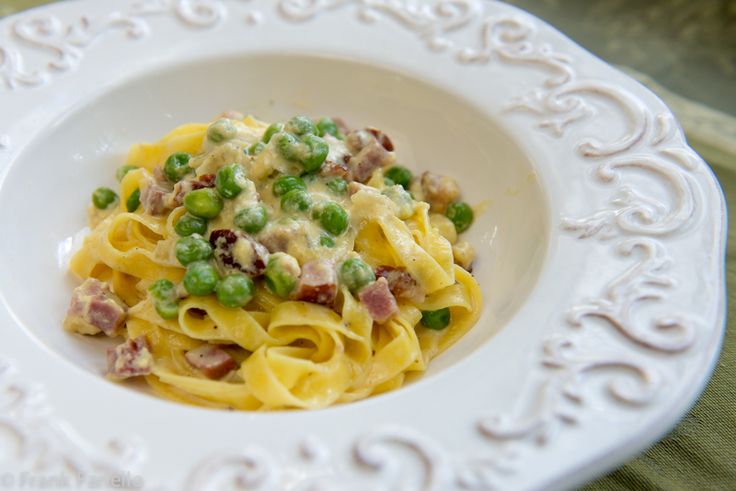Introduction: Holy See cuisine and its vegetarian/vegan options
Holy See cuisine, also known as Vatican cuisine, is typically associated with the lavish spread of Italian dishes that are popular in the region. However, it is worth noting that vegetarianism and veganism have gained significant popularity in recent years, and Holy See cuisine has not remained untouched by this trend. Today, the Vatican is known to serve a variety of meatless options that are both delicious and satisfying.
Vegetarian dishes in Holy See cuisine: a closer look
Holy See cuisine offers a range of vegetarian options that are sure to please even the most discerning palate. Some popular vegetarian dishes include caprese salad, bruschetta, and pasta primavera. Caprese salad is a simple yet elegant dish that consists of fresh mozzarella, sliced tomatoes, and basil leaves. Bruschetta is another classic dish that comprises of toasted bread topped with diced tomatoes, garlic, and basil. Pasta primavera is an Italian pasta dish that generally includes fresh vegetables like carrots, broccoli, and zucchini.
Other vegetarian options that are commonly available on Vatican menus include pizza margherita, risotto, and gnocchi. These dishes are often made using fresh ingredients that are sourced from the surrounding regions and are prepared with the utmost care to ensure their flavor and quality.
Vegan options in Holy See cuisine: exploring the possibilities
In addition to vegetarian options, Holy See cuisine also offers a range of vegan dishes that are both tasty and nutritious. Some popular vegan dishes include lentil soup, ribollita (a Tuscan bread soup), and minestrone. Lentil soup is a hearty and filling soup made using lentils, vegetable broth, and spices. Ribollita is a traditional Italian soup that is made using bread, beans, and vegetables like kale, carrots, and onions. Minestrone is another popular Italian soup that is made using a variety of vegetables, including beans, tomatoes, and zucchini.
Other vegan options that are commonly available on Vatican menus include pasta with tomato sauce, tomato and basil bruschetta, and mushroom risotto. These dishes are often prepared using fresh, locally sourced ingredients, and are designed to appeal to a wide range of tastes and preferences.
Traditional Holy See vegetarian/vegan dishes: a history lesson
Holy See cuisine has a rich history that dates back many centuries. Throughout the years, the region has developed a unique culinary tradition that is characterized by its use of fresh, locally sourced ingredients and its focus on simple, wholesome dishes. Many of the traditional vegetarian and vegan dishes that are still popular today have their roots in this rich culinary tradition.
Some examples of traditional Holy See vegetarian and vegan dishes include fagioli all’uccelletto (a Tuscan bean dish), verdure alla griglia (grilled vegetables), and panzanella (a Tuscan bread salad). Fagioli all’uccelletto is a hearty bean stew that is made using white beans, garlic, and tomatoes. Verdure alla griglia is a simple yet flavorful dish that consists of grilled vegetables like zucchini, eggplant, and bell peppers. Panzanella is a refreshing salad that is made using stale bread, tomatoes, and cucumbers.
Holy See cuisine with a twist: fusion with global vegetarianism/veganism
In recent years, Holy See cuisine has embraced global vegetarianism and veganism, resulting in a fusion of traditional Italian dishes with innovative new flavors and ingredients. Today, visitors to the Vatican can enjoy a range of meatless options that draw inspiration from cuisines around the world.
Some examples of fusion dishes that are commonly available on Vatican menus include tofu stir-fry, vegan sushi, and quinoa salad. These dishes are often made using ingredients like soy sauce, ginger, and sesame oil, and are designed to appeal to a wide range of tastes and preferences.
Conclusion: Holy See cuisine embraces vegetarianism/veganism
Holy See cuisine has come a long way in recent years, and today, it offers a range of vegetarian and vegan options that are both delicious and nutritious. Whether you’re a seasoned vegetarian or vegan or simply looking to explore new flavors and ingredients, you’re sure to find something to love in Holy See cuisine. From classic Italian dishes to innovative fusion cuisine, the Vatican has something to offer everyone. So why not give it a try? Your taste buds will thank you!

